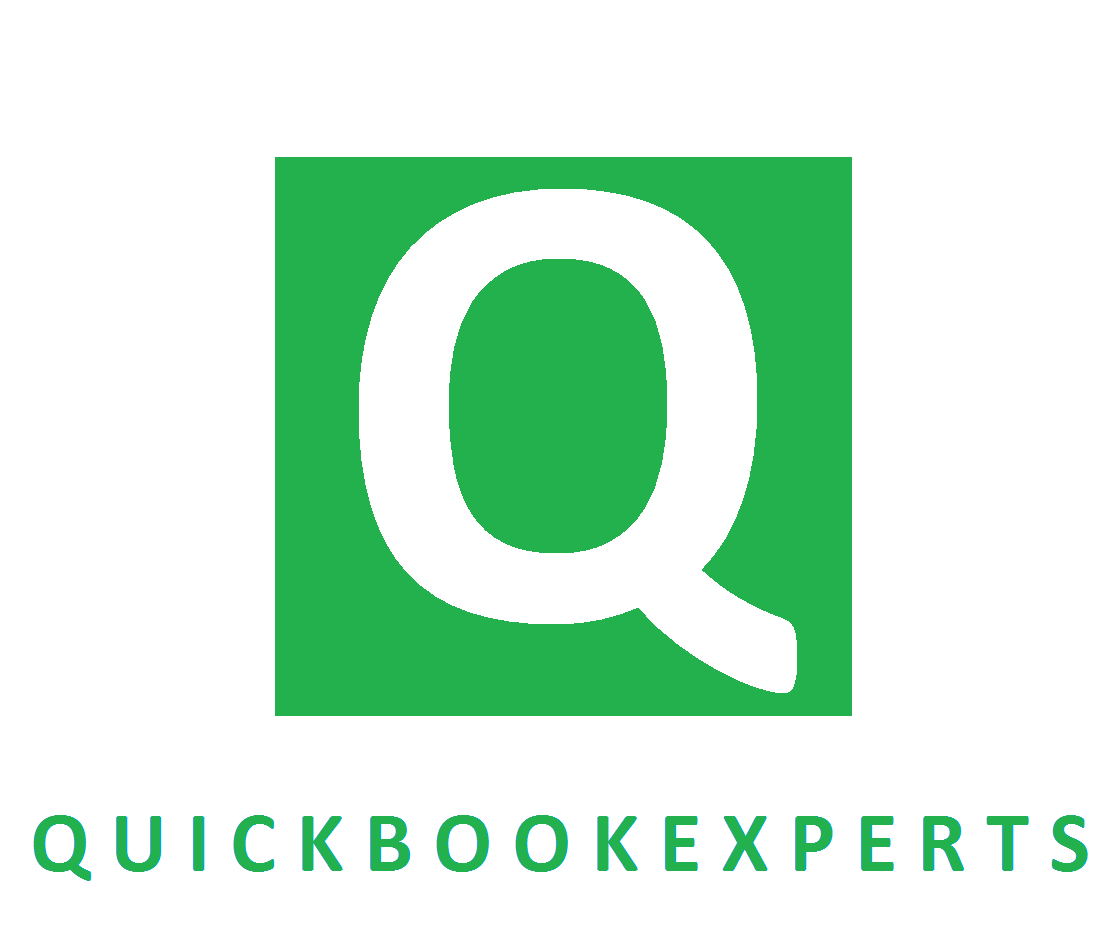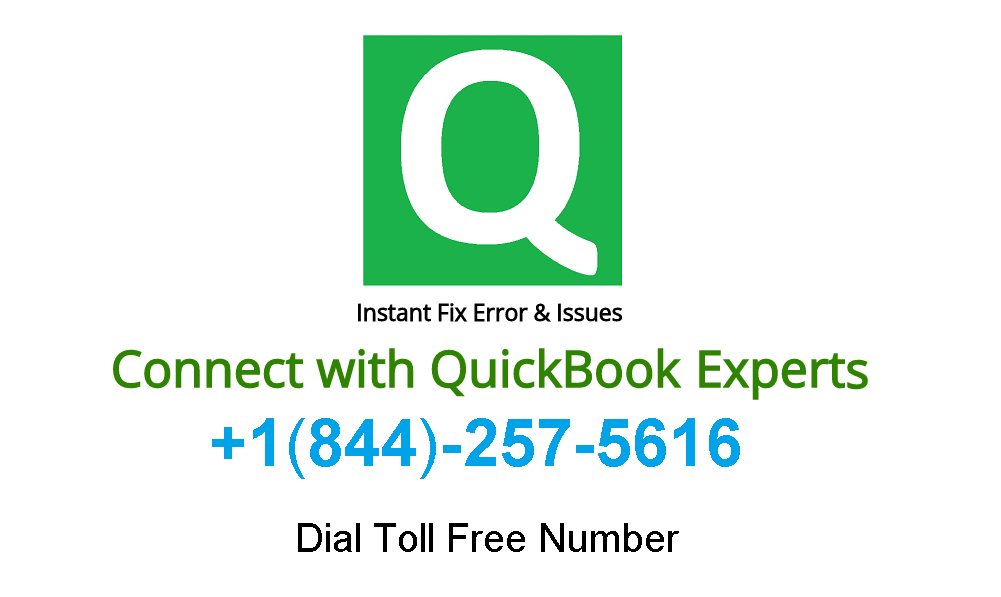Learn how to add your bank and credit card accounts to automatically download your recent transactions and Connect Bank and Credit Card Accounts to QuickBooks Online
Online Banking (also known as Bank Feeds) is one of QuickBooks Online’s most helpful and time-saving features. If you connect an account, QuickBooks automatically downloads and categorizes your bank and credit card transactions for you. Then all you have to do is approve the work.
You get an up-to-date view of your sales and expenses with virtually no data entry required.
Connect a bank or credit card account
Connect bank and credit card (including PayPal) accounts you use for your business. If you have an American Express Business card, don’t use this article. Follow these steps instead.
You can connect as many accounts as you need. Feel free to connect accounts you use for both business and personal purchases, but you’ll need to sort your personal expenses as you go.
- Go to Banking.
- Select Connect from the landing page, or Select Add account if you’ve already created an account.
- Search for your bank. You can connect most banks, even small credit unions.
| If you can’t find your bank on the list but still want to add your transactions to QuickBooks Online, you can manually upload bank transactions from a CSV file. |
- Select Continue, then enter the username and password you use for your bank’s website in the pop-up window. It may take a few minutes for QuickBooks Online to connect your bank account. You’ll see onscreen instructions if your bank requires additional security steps.
- Select the type of account you’re adding (savings, checking, or credit card). If you have multiple accounts with the same bank or credit card, choose the type for each one you’re connecting.
| If you’re new to QuickBooks Online or don’t see the option you need in the ▼ drop-down menu, select + Add New to create a new account on your Chart of Accounts. o To create a new bank account: select Savings or Checking for the Detail type. Fill out the rest of the form and then select Save and Close. o To create a new credit card account: change the Account type from Bank to Credit Card. Fill out the rest of the form and then select Save and Close. |
- Select the date range for the download. Some banks download the last 90 days of transactions, others go back as far as 24 months.
- Select Connect.
Connect bank accounts from your chart of accounts
If you already added a bank account to your chart of accounts but didn’t connect it, you can connect it later on to start downloading transactions. This only works for bank accounts, not credit cards.
- Go to Accounting and select Chart of Accounts.
- Find the account you want to connect.
- Select View register from the Action column.
- Select Connect bank.
- Follow the onscreen instructions.
Next steps: Download and categorize your recent transactions
One of the most helpful features in QuickBooks Online is at your fingertips. Now that your accounts are connected, QuickBooks Online will automatically download transactions so you don’t have to enter them manually.
All you have to do is approve the way QuickBooks categorizes them. Learn more and get detailed steps for categorizing transactions.
If you’re having problems connecting your account or get an error, follow these steps.
Keep your accounts up to date
If you ever need to update your bank or credit card info, like your username or password, you can edit them directly from the Banking menu.
- Go to the Banking menu, then select the blue tile for the bank account you want to update.
- Select Edit ✎ and then Edit sign-in info.
Focus on your business, not your books
Get a dedicated team of QuickBooks-certified bookkeepers to set up and do all your bookkeeping for you. Learn more about QuickBooks Live Bookkeeping.

